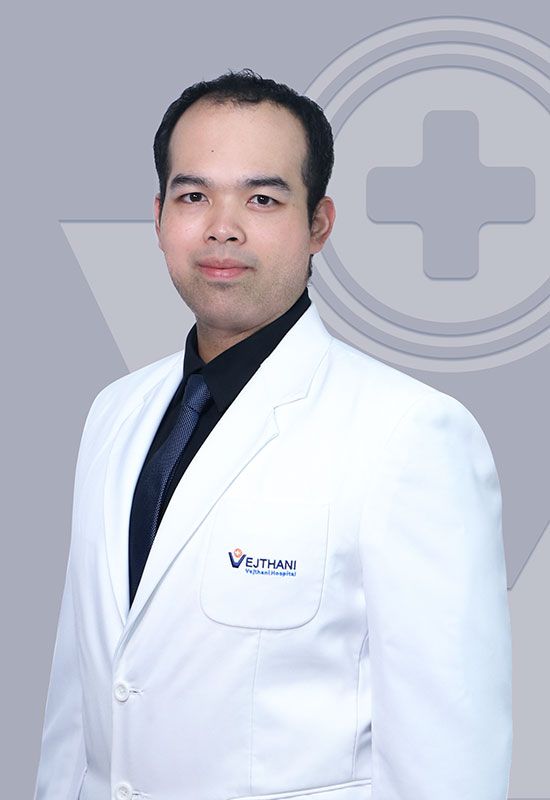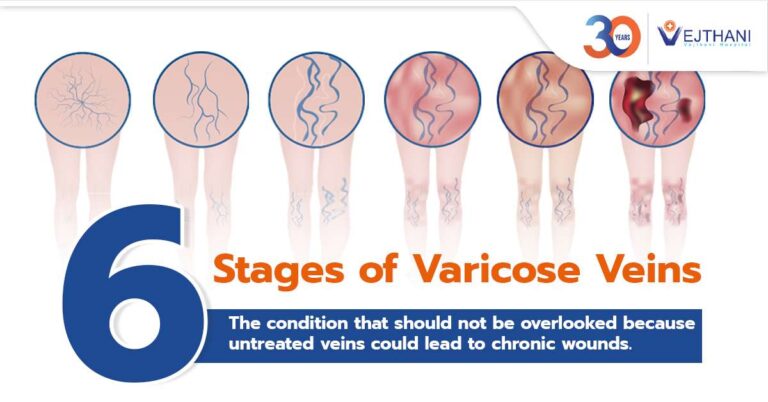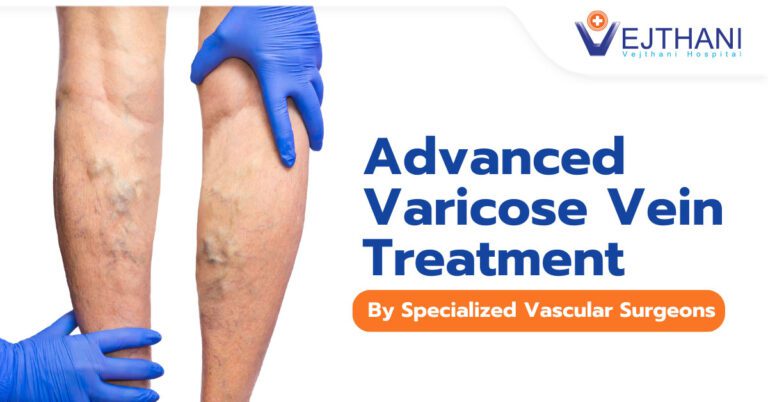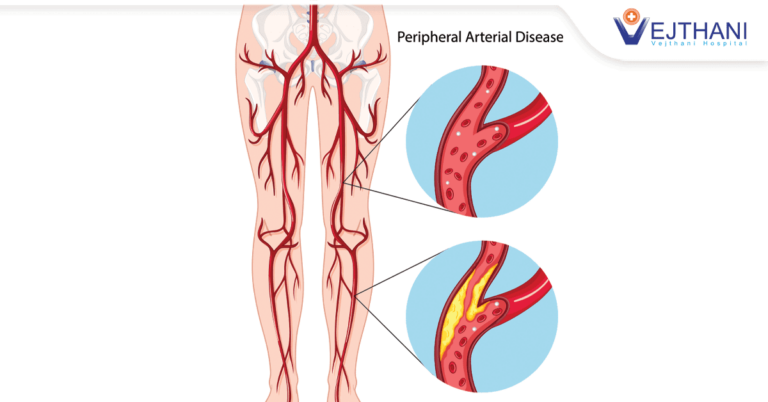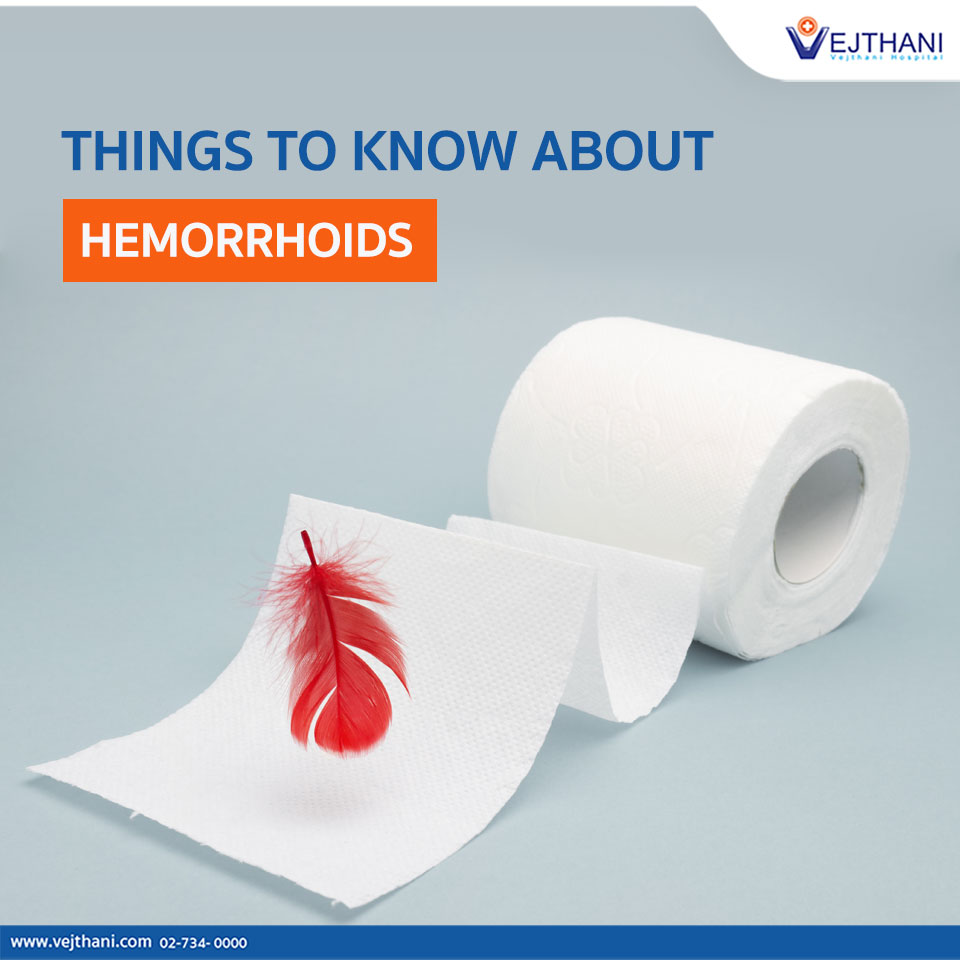

Hemorrhoids, better known as Piles, refers to swollen blood vessels in the lower part of the rectum and anus (together known as anorectum) that causes pain and irritation especially when defecating. This discomfort arises from the over stretching of the walls of veins to such an extent that they bulge when they relax and contract. As the anorectum is rich in vascular supply with a considerable likelihood to swell and prolapse, hemorrhoids are fairly common.
Its symptoms can range from mild itching of the anorectum to severe rectal bleeding. No matter how difficult and unmanageable hemorrhoids may look like, they can be treated with ease. Though it may be uncomfortable opening up about the condition, medical help is highly recommended as soon as the early signs of hemorrhoids appear because the condition is comparable to a ticking time bomb. The susceptibility to hemorrhoids increases with age in both men and women. Among women, pregnant ladies are the most susceptible to hemorrhoids.
Causes of Hemorrhoids
The following are some of the leading causes of hemorrhoids:
- Chronic diarrhea
- Chronic constipation
- Pregnancy (because of the pressure on the veins in the colon
- when the uterus enlarges)
- Aging
- Obesity and low consumption of fiber
- Sitting for long periods of time, especially when taking dump
- Repeatedly lifting heavy objects
- Anal intercourse
- Hereditary traits
Types of Hemorrhoids
1. External Hemorrhoids
They are located beneath the skin on the outer aspect of the anus. Symptoms may include bleeding with a bowel movement, and a mass can be felt at the anal opening.
2.Internal Hemorrhoids
They are located on the inside lining of the rectum, usually present with painless, bright red rectal bleeding during or following a bowel movement.
Symptoms of Hemorrhoids
- Painless bleeding
- Anorectal itching or tingling irritation or itching
- Anorectal lumps or protuberances
- Swelling in the anal region
- Anorectal soreness or distress
Prevention of Hemorrhoids
- Add more fiber to your diet.
- Drink adequate amounts of fluid.
- Begin a program of regular exercise.
- Train your digestive tract to have regular bowel movements.
Treatment of Hemorrhoids
Home Medications
Over-the-counter balms, creams or suppositories containing hydrocortisone and cushions that have topical desensitizing operator can be used as home medications. Ice packs and compresses may also help with the swelling. Analgesics or painkillers can also be consumed, shall the need arise.
Hemorrhoidal Artery Ligation and Recto Anal Repair (HAL-RAR)
HAL-RAR is a minimally-invasive treatment option for all grades of hemorrhoids. This method is designed to eradicate hemorrhoids using a Doppler guided probe to locate, suture and ligate all the arteries supplying the hemorrhoids with an absorbable material. HAL-RAR is the most popular, painless and effective hemorrhoids treatment that significantly reduces the risk of complications. The recovery time for HAL-RAR procedure is less than a week.
Laser Hemorrhoidectomy
Laser Hemorrhoidectomy is usually recommended for patients with 2nd – 4th stage of symptomatic hemorrhoids. During the laser hemorrhoidectomy, a very thin fiber-optic cord which connected to the device will be inserted into the anal canal to get rid of the terminal branches of superior hemorrhoid arteries. Normally, the laser hemorrhoidectomy takes around 30 – 50 minutes. After the operation, the patient needs to be admitted to the hospital for postoperative observation for 1 night. The patient might feel mild pain for a few days or around 1 – 2 days.
At Vejthani Hospital, the patients will go through a pain management program with Vejthani Hospital’s Pain Management Specialists and clinical team that includes strict pain monitoring and administration of pain medication for about 1-2 days. Rest assured that you will receive a safe and high-standardized treatment and service.
- Readers Rating
- Rated 5 stars
5 / 5 ( Reviewers) - Spectacular
- Your Rating





















